
In January 1994, Straitjacket Fits played their last gig at the Big Day Out festival. Disillusioned by the music industry, Shayne Carter returned to Dunedin and spent years largely away from the music industry. He later described this period to Under The Radar as “a lost weekend that lasted for six years”. He rediscovered his love for music by listening to electronic artists like Kraftwerk, Brian Eno, and Autechre.
Introduction
When Carter reemerged, it was under the alias Dimmer. Dimmer was the name for Carter and a revolving cast of backup musicians. His first release as Dimmer was the instrumental single ‘Crystalator’, while his debut album I Believe You Are A Star eschewed rock rhythms for beats from trip-hop and krautrock. Dimmer’s later albums returned to the rock band format, but with the subtlety and wisdom of experience.
Dimmer don’t have a clutch of transcendent singles like Straitjacket Fits, but they’re a more satisfying album band. Carter’s not striving for hit singles, instead making music as his muse leads him. His songs are sometimes a little light on hooks, but emotive and well-crafted. Carter stopped making Dimmer albums after 2009’s Degrees of Existence, releasing a solo album as Shayne P Carter in 2016.
Dimmer Album Reviews
Crystalator (Single)

1995
Unusually, Dimmer’s first single emerged six years before their debut album. ‘Crystalator’ never appeared on a studio album, but it’s Carter’s first attempt to break away from the sound of Straitjacket Fits, a guitar freak-out without vocals, with a tough groove and the bass player staying on a single note.
I Believe You Are A Star

2001, 9/10
After Straitjacket Fits’ final album in 1993, it took close to a decade for Carter’s next studio album to arrive. He moved from Dunedin to Auckland in 1997 and pursued a new direction for I Believe You Are A Star. After the alternative rock of Straitjacket Fits, Carter drew on different musical sources for Dimmer’s debut – he told Audioculture that he was inspired by “avant-electronica and whatever else was fresh and non-mainstream”. He largely recorded I Believe You Are A Star at his home, with the main musical support coming from drummer Gary Sullivan, who previously played with Stereobus and JPS Experience. Many ProTools albums from the era haven’t aged gracefully, but I Believe You Are A Star holds up – despite the electronic influences, Carter’s guitar playing is still heavily utilised, giving the record some organic grit.
Carter’s use of wah-wah on tracks like ‘Evolution’ recalls Curtis Mayfield’s playing on Superfly. He’s clearly also been listening to trip-hop, with the languid beats on tracks like ‘Drop You Off’, while there’s an electronic pulse driving ‘Under The Light’. Carter’s vocals are moody and haunting, which adds to a general aura of mystery around the record. Following in the wake of ‘Crystallator’, some of the strongest tunes on Star are instrumental. Given Carter’s background in guitar rock, the ebb and flow of tracks like ‘Drift’ and ‘Sad Guy’ is impressive.
I Believe You Are A Star is a stunning career reinvention from Carter, successfully changing gears from alt-rocker to electronic producer.
You’ve Got To Hear The Music
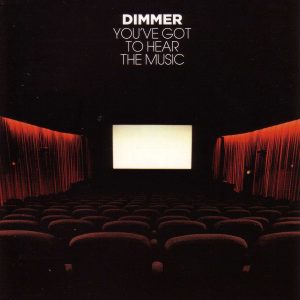
2004, 7/10
Dimmer were dropped by Sony before their second record. Carter later recalled that “I went up there [to Sony] one day and I got to raid the closets […] I grabbed Thelonious Monk because they had a lot of Monk records. One of the people who is quite highly powered in that company was quite upset by the fact I was grabbing Thelonious Monk instead of Creed records because that’s what I should be aiming for. To me, that pretty much summed up the whole opposites mentality.”
Instead of a Creed influence, You’ve Got To Hear The Music reflects the music that Carter was listening to at the time, vintage Al Green and Marvin Gaye records. The soul-based tracks are the most ear-catching – different from anything that Carter had released previously, but the record is surprisingly diverse. The loops of I Believe You Are A Star are absent, instead using a live band. Carter is joined on vocals by singer-songwriter Anika Moa – he told Audioculture that he “wanted to get a feminine element into the vocals.” The record’s light on memorable tunes, but it’s fun to witness Carter explore different areas.
The highlights are often when Carter dips into soul and funk – ‘Come Here’ sets the tone with Carter’s sexy low vocal, while ‘Getting What You Give’ uses the funky wah-wah that he employed on the previous work, and it sounds great with an organic rhythm section and the Fat Freddy’s Drop horns. The heavy guitars of songs like ‘Backwards is Backwards’ recall Straitjacket Fits, while moody rockers like ‘Case’ also recall Carter’s past. There’s a stripped-back closer ‘Finality’, with Carter and Moa duetting over a simple piano riff, and it’s one of the record’s best songs.
You’ve Got To Hear The Music expands Dimmer’s range successfully, with Carter able to impress both with funk grooves and piano balladry.
There My Dear

2006, 8/10
In 2005, Carter played a series of reunion gigs with Straitjacket Fits, without Andrew Brough. This helped to steer the next Dimmer project in a more rock-oriented direction – There My Dear is built around a four-piece band with HDU drummer Dino Karlis, SJD guitarist James Duncan, and Elemeno P bassist Justyn Pilbrow. But there’s still a touch of groove in these arrangements, and the title’s derived from Marvin Gaye’s breakup album Here My Dear. There My Dear is Carter’s breakup album, largely written on a holiday that Carter took with Bic Runga, Anika Moa, and Anna Coddington – ‘What’s A Few Tears to the Ocean?’ was written on Mahia beach.
Runga, Moa, and Coddington all provide backing vocals for the album, largely recorded at the unlikely surroundings of Grey Lynn Bowling Club. The album expresses grief in different forms – anger on the charging riff-rockers ‘Scrapbook’ and ‘You Don’t Even See Me’, and resignation on ‘You’re Only Leaving Hurt’ and the sparse and haunting guitar figure of ‘What’s A Few Tears to the Ocean?’
Carter’s breakup album is alternately angry and beautiful, a fine addition to his canon.
Degrees of Existence
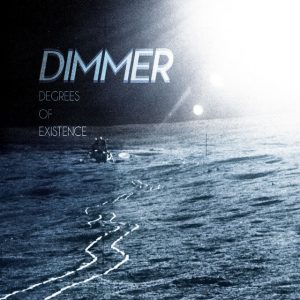
2009, 7.5/10
Dimmer enjoyed an unusually stable lineup after There My Dear. Carter, Dino Karlis, James Duncan, and new bassist Kelly Stevens toured America and Australia, and went into the studio to cut Degrees of Existence, another rock-oriented album. Karlis relocated to Germany during the recording and the album was completed by other drummers, including Gary Sullivan. Degrees of Existence is arguably the first Dimmer album not to bring new stylistic ideas to the table, but it’s consistently enjoyable nonetheless.
With the tight and minimalist band arrangements, there’s more focus on Carter’s lyrics than usual. Carter’s most memorable line is on ‘Dark Night of Yourself’, where he sings “I guess you’re just a natural naughty boy’”. ‘Comfortable’ is memorable yet hypnotic, with the gently repetitive guitar – the melody is reminiscent of Graham Nash’s ‘Better Days’. ‘Wrong Bus’ is another enjoyable Dimmer instrumental with its woozy horns.
Degrees of Existence is an enjoyable final entry into Dimmer’s catalogue.
10 Best Dimmer Songs
Crystalator
Sad Guy
Getting What You Give
All The Way To Her
Drift
Finality
Comfortable
Come Here
What’s A Few Tears to the Ocean?
Seed
4 Comments
Leave a Reply
Related Pages
About
Aphoristic Album Reviews is almost entirely written by one person. It features album reviews and blog posts across a growing spectrum of popular music.
Review Pages
Read about the discographies of musical acts from the 1960s to the present day. Browse this site's review archives or enjoy these random selections:
Blog Posts
I add new blog posts to this website every week. Browse the archives or enjoy these random selections:

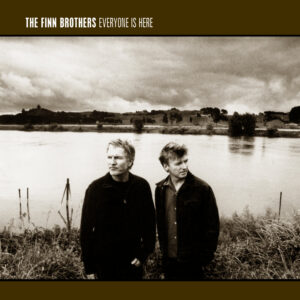



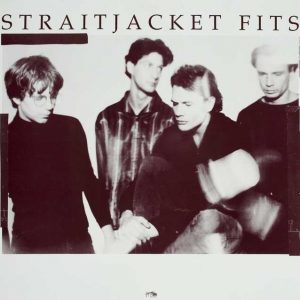
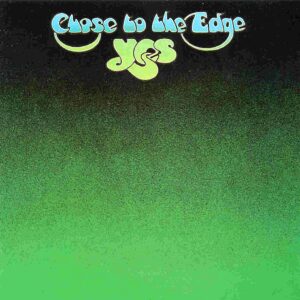




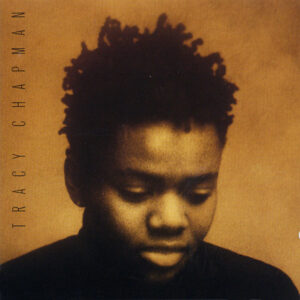
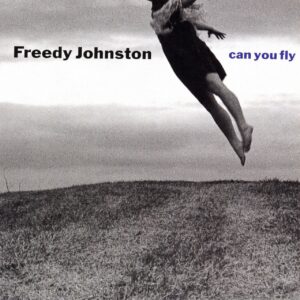



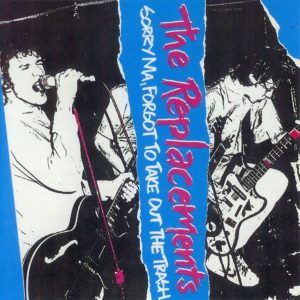





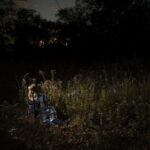

Never heard of this but I see it’s that Dunedin stuff that I was wondering about. I like the way the guy said he rediscovered his love for music by listening to electronic music, because that’s what I did too when I got totally disgusted with rock music about 15 years ago. Except I was already listening to that real old stuff like Kraftwerk, and it was the new electronic stuff that I started listening to. I bet he’s one of those guys that likes the old stuff but not the new. I know a lot of people who are that way.
I’m actually seeing them on Thursday, hence the timing of the review.
The Flying Nun sound is kind of lo fi 1980s guitar rock – Straitjacket Fits were the most anthemic of the Flying Nun bands. Dimmer doesn’t really fit the Flying Nun archetype.
I can’t believe it’s called Flying Nun. Remember that TV show The Flying Nun? I used to watch it in reruns on TV Land or one of the other retro cable channels. It was so weird. Sally Field was The Flying Nun.
Yup, I had a post about the Roger Shepherd (founder of Flying Nun) autobiography last year, and people were telling me about that.